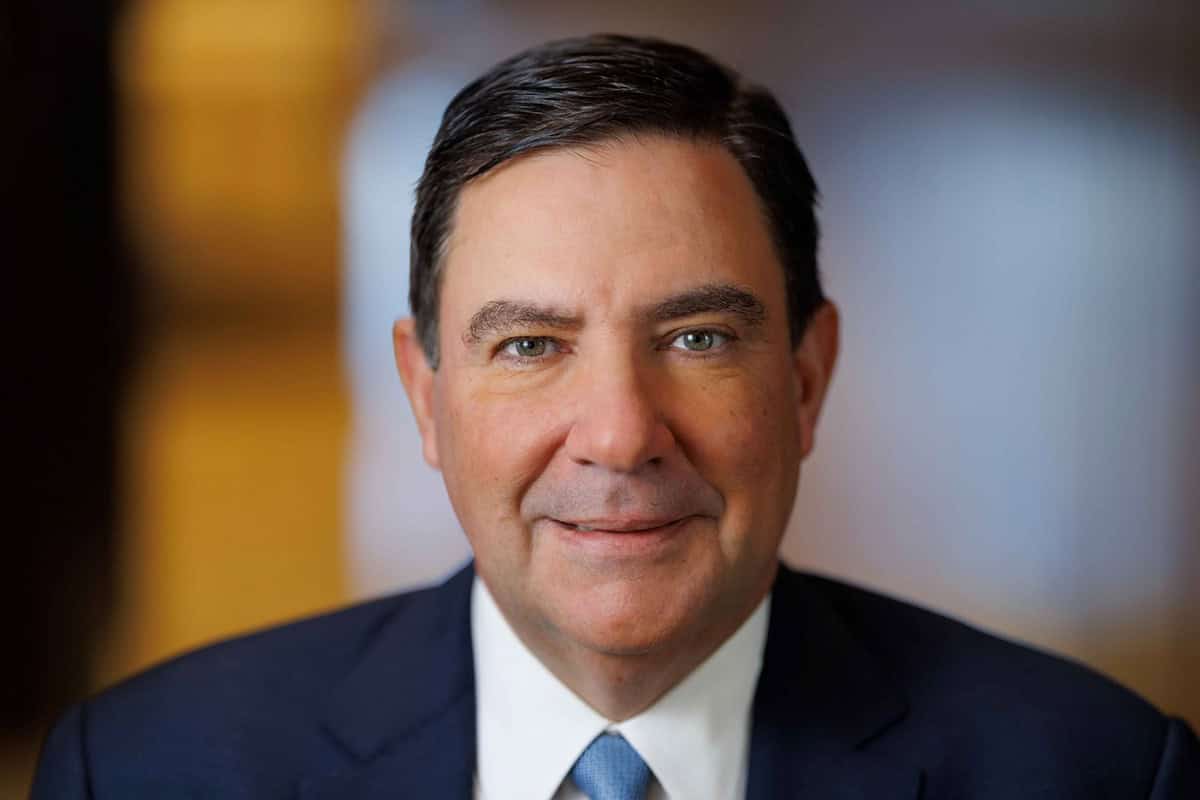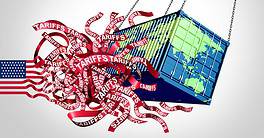Mark Monaco, head of Global Payments Solutions at Bank of America (BofA), explains the importance of payments, instant data and communication for effective treasury.
Global Finance: Why bring Global Transaction Banking and Enterprise Payments together under the new name Global Payments Solutions?
Mark Monaco: In July of last year, the bank combined GTB and EP, bringing all the payments activity within the bank under one roof. It’s a continuation of work that we started a number of years ago, to recognize the strategic importance of payments to the bank. Under GPS, we manage payments infrastructure, strategy, and market investments, and identify the intersection of innovative solutions that support consumer and corporate customers. We strongly believe that in addition to providing advice and credit, our role is to facilitate payments. To do that, we want to develop a robust set of solutions for our customers. The lines are getting blurred as businesses pay customers directly and pay workers on a casual basis [such as in the gig economy]. The industry is also dealing with the rapid growth of payments technology. Being organized the way we are now; we are well-situated to support clients and lead the industry.
GF: Do you think interest rates have peaked, and are corporate treasuries better positioned to react when new challenges arise?
Monaco: The last rate hike made by the US Federal Reserve was in July 2023, and our team of economists from BofA Global Research is expecting the fed to first cut rates by 25 basis points in December of this year and continue cutting four times next year. Outside the US, the European Central Bank and the Bank of Canada have recently begun cutting rates, while others, such as the Bank of England, are taking a wait-and-see approach. The key for corporate treasurers is to stay informed of market expectations, and review and adjust forecast and stress scenarios frequently. We are supporting our clients to be nimble and responsive in this environment—not only with treasury services, but also FX, trade, credit and capital markets.
GF: What strategies can companies deploy to optimize liquidity?
Monaco: We’ve been working with companies on a number of strategies to optimize liquidity. They include 1) Consolidating cash between regions. Physical cash concentration structures automate transfers between accounts into a single account; clients can mitigate FX exposure and get better visibility and control; 2) Notional pooling. The short-term working capital tool uses surplus balances to reduce reliance on short-term debit. The strategy reduces the need to perform multiple FX transactions, minimizes borrowing costs and can support repatriation of liquidity using a “follow the sun” approach; 3) Improving visibility through sweeps. Cross-currency sweeps can generate a consolidated global position of cash from two accounts in different currencies. Multibank sweeps aggregate providers and balances across accounts via a single automated sweep; and 4) Enrolling in a supply chain finance, card or other payables solutions, where a company can extend payments terms and increase working capital.
We’re also seeing increasing adoption of our CashPro Data Intelligence tools, such as CashPro Forecasting and CashPro Insights, that generate accurate, real-time cash visibility and data driven insights, which are essential to rapidly changing economic conditions. The tool has attracted thousands of client enrollments.
GF: How has digital innovation helped you make CashPro enhancements that match clients’ changing behavior and expectations?
Monaco: We constantly survey the technology landscape for innovations that we think have an application to our clients’ real-world problems. However, the technology itself is not where we start the innovation process. That begins with identifying the challenges that our clients most want to fix, which we discover through dialogue with them through our CashPro Client Advisory Boards and other feedback mechanisms. After that, we look for the right technology and processes to meet the challenge.
Over the past year, three things stood out in terms of changing behavior. One is the stickiness of mobile adoption. Clients—whether they are remote or working from the office—still want the same flexibility and ubiquity of using a mobile device that they have in their personal lives. This has been witnessed through the incredible momentum of our CashPro App.
The second was and is data. Our banking platform CashPro produces an incredible amount of data. We’re now able to lift the burden off clients by analyzing data on their behalf, helping them release staffing hours from manual processes as well as realize ways they can be more efficient with their cash or payments or working capital. Overall, our goal is to meet clients wherever they are on their technology journey—from simplified solutions to a full-scale technology integration. The third is APIs. We’ve expanded our CashPro API network to enable clients to connect to our APIs through their ERP or TMS provider. The demand for APIs is growing at a rapid pace, as companies need to meet the demand for instant data and communication.




